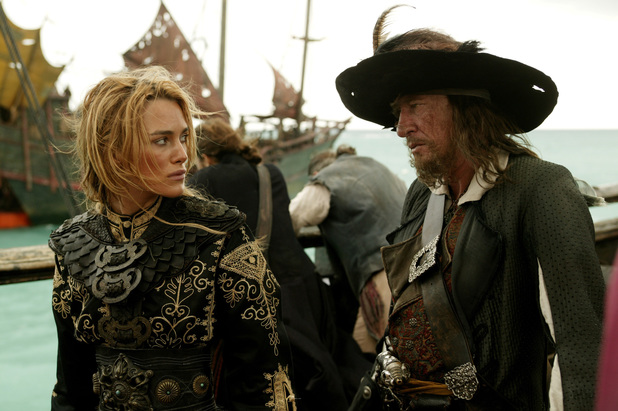This shot can be taken from as far as a quarter of a mile away and is commonly used to introduce a scene as it usually features the exterior of a building and thus sets the scene very effectively.

Long Shot
Features the entire human body, from the top of the subject's head to the bottom of their feet which sit at the edge of the frame. Despite the main focus being on the character, background details still emerge.

Medium Long Shot
Also known as a three-quarter shot, this includes the subject from the knees up and is used to show the subject in relation to its surroundings.

Medium Shot
This shot is usually used when there is dialogue and features the subject from the waist up.

Medium Close Up
This enables the audience to focus on the subject by framing their head and cutting off the shot at their chest. This therefore reveals only a bit of the surrounding environment and allows emotion to be perceived with more clarity. This is usually used in documentaries.

Close Up
This frame shows little background and concentrates solely on the subject's face or a very specific detail. Everything apart from the face is a blur.

Big Close Up
This includes incorporating the eyes and mouth within the frame but not the entire face.

Extreme Close Up
This can sometimes focus on detail that the audience wouldn't notice without the use of this shot but can also just focus on a particular feature on a subject's face, such as an eye.

Low Angle
This adds a sense of confusion to a viewer and makes them feel powerless within the action of a scene. Due to the position of the shot, the background will usually just be the sky or the ceiling. The object of the frame will also appear to be taller, thus making the viewer feel even more inferior.
Canted Angle
To suggest instability the camera is sometimes tilted as opposed to being placed horizontally. The effect this has is unifying the character with the viewer as it's usually used for point of view shots and thus shows what is happening from the subject's eye shot.
Worm's Eye View
This is a shot from below and is the opposite of a bird's eye view. It is commonly used to give a third perspective and gives the effect that the object is taller than it actually is.
High Angle
Despit not being as extreme as a bird's eye view the frame still allows an overview of the scene to be seen as the camera is elevated above the action. This frame is used to make the object seem smaller and less significant.
Bird's Eye View
This shot is taken from an aerial position and looks down on the action. This shows where particular things are within a scene and can be used to introduce action.
Again, clear and concise. However, supporting your comments with images from films could have been beneficial, particularly when it comes to explaining the impact of camera angle choices.
ReplyDelete